It’s no secret that historically, beauty’s most influential trends—no matter how polarizing—have a knack for pulling a well-timed reappearing act. Crimped waves, ’90s supermodel eye makeup, Y2K anything and everything, even—hold your gasp—thin eyebrows. However, more than any other category, *hair* seems to be the most cyclical. Case in point: mullets, shags, and the very on-trend product of both, the wolf cut. Essentially, if the two former had a love child, it would be the latter, and you’ve likely seen it all around the celeb set via Billie Eilish, Miley Cyrus, Barbie Ferreira, Keke Palmer, and the list goes on.
While the bold, part-mullet-part-shag cut is not for the faint of heart (let’s be honest, it does take some balls to pull off!), the wolf cut has still managed to become more and more popular—beginning to tread water back in 2021 and by now, transforming into a full on American crawl. We always need to know anything and everything there is to know about a dominating beauty trend, so I reached out to two of best experts I could possibly find on the topic; celebrity hairstylist Cervando Maldonado (the mastermind behind Miley Cyrus’s rock ‘n’ roll take on the cut) and founder of Benjamin Salon, Benjamin Mohapi, who’s responsible for Billie Eilish’s now-famous wolf haircut.
Keep scrolling! Everything you need to know about the wolf cut plus all of Maldonado and Mohapi’s best styling tips are just ahead.

“The wolf cut is a heavily layered haircut with lots of texture,” Mohapi explains. However, unlike a mullet where all of the weight is added to the back, the wolf cut’s shag-like texture is more evenly distributed.
“In my eyes, this haircut is a modern fusion of both the mullet and the shag, and it has different variations depending on hair texture and length,” adds Maldonado. “Some takes on the look are more cropped and extreme while others are softer with more movement.”

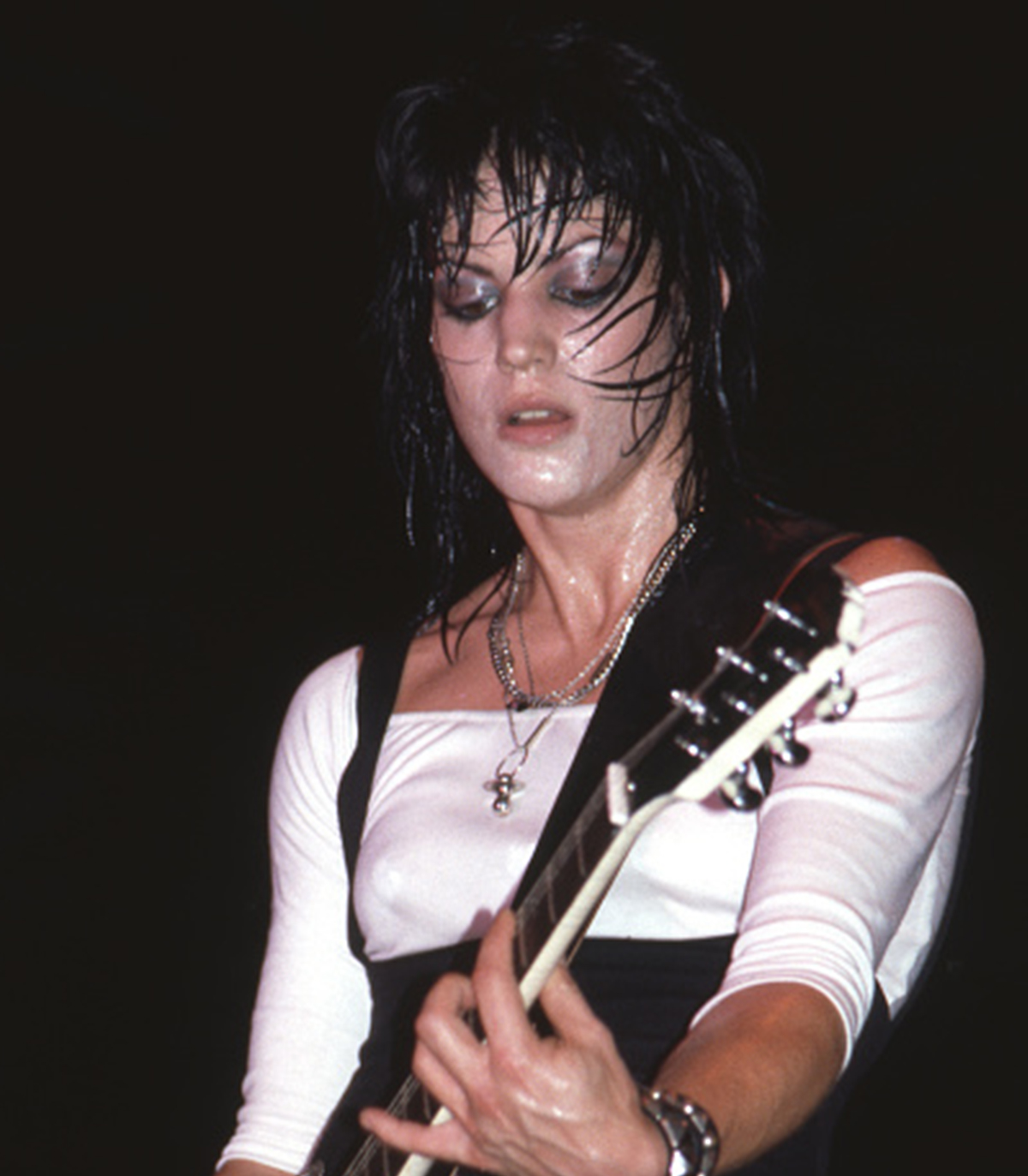
So, why has this cut become such a thing in 2021 and 2022? According to Maldonado, it’s largely due to the comeback of another throwback cut, the mullet, a few years ago. “People were cutting their hair into extreme mullets, and as these layers grow out, they become shaggy, which ultimately creates this wolf cut shape we are seeing now.”
But there’s also the nostalgia component, and the fact that the coolest beauty trends of yesteryear always seem to re-emerge, yet reinvented in new, ultra-fresh ways. “The wolf cut really is the rock ‘n’ roll haircut with roots dating back to such musical icons as Keith Richards and Joan Jett,” confrms Mohapi.
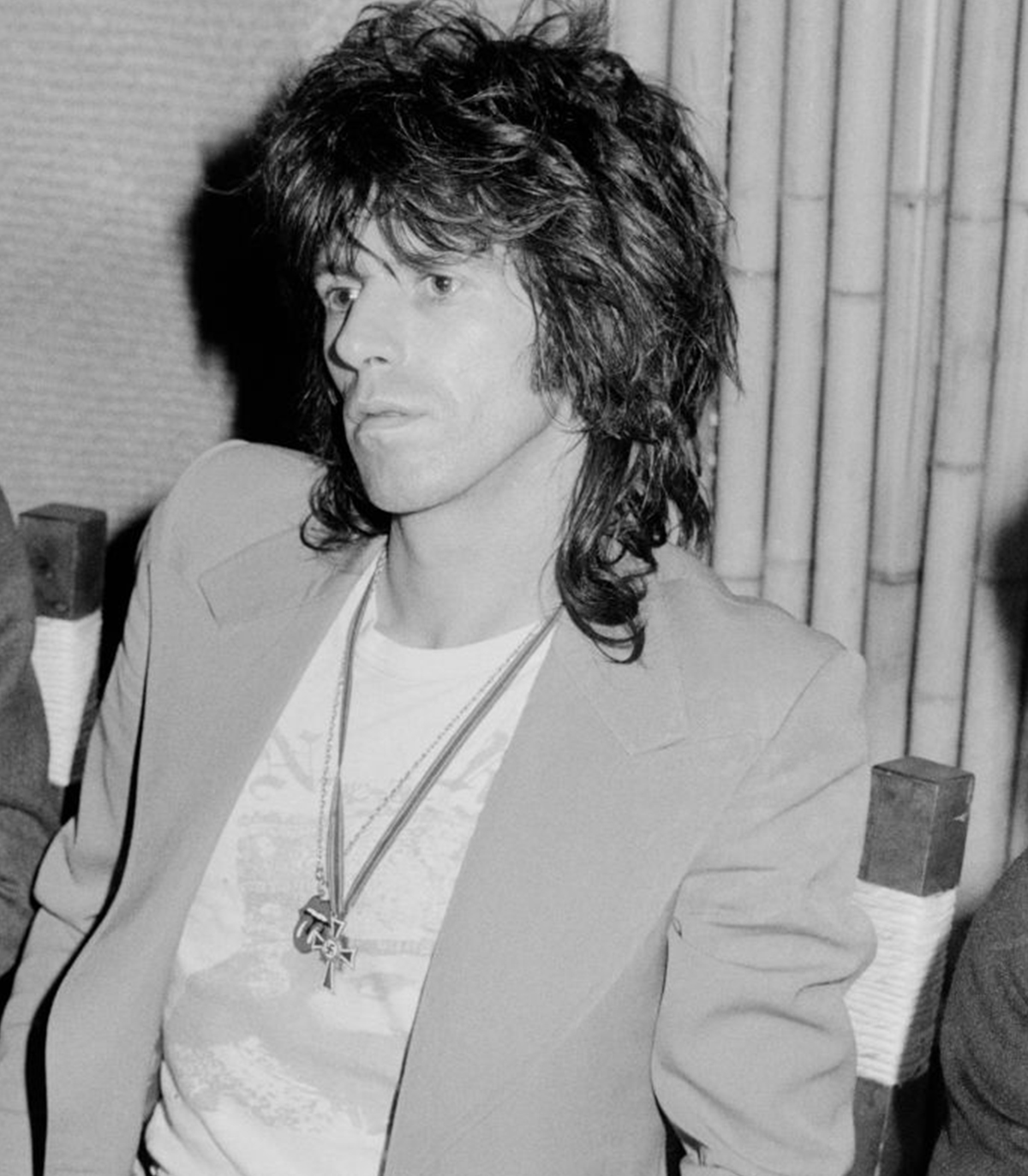

Both Maldonado and Mohapi agree that the wolf cut is an incredibly versatile haircut, that can easily flatter any hair type or face shape. That said, Mohapi says it lends itself especially well to anyone who has a little bit of natural texture or wave, as it can really enhance said texture and bring the final cut to life.
As for face shape, Maldonado shares that people with a rounder shape should ask their stylist for shorter layers around the face and on top with more length in the back to accentuate their features. Oval faces (lucky ducks) tend to have the most versatility and can wear any length of the cut depending on their preference. Lastly, square-shaped faces will generally look best with a length that sits above the shoulders, which Maldonado says helps accentuate the jaw line.
To ensure that you and your stylist are on the same page (and because a statement-making cut like this takes a high level of commitment) Maldonado recommends arriving at the salon armed with lots of inspiration photos so your stylist really understands what you’re asking for.
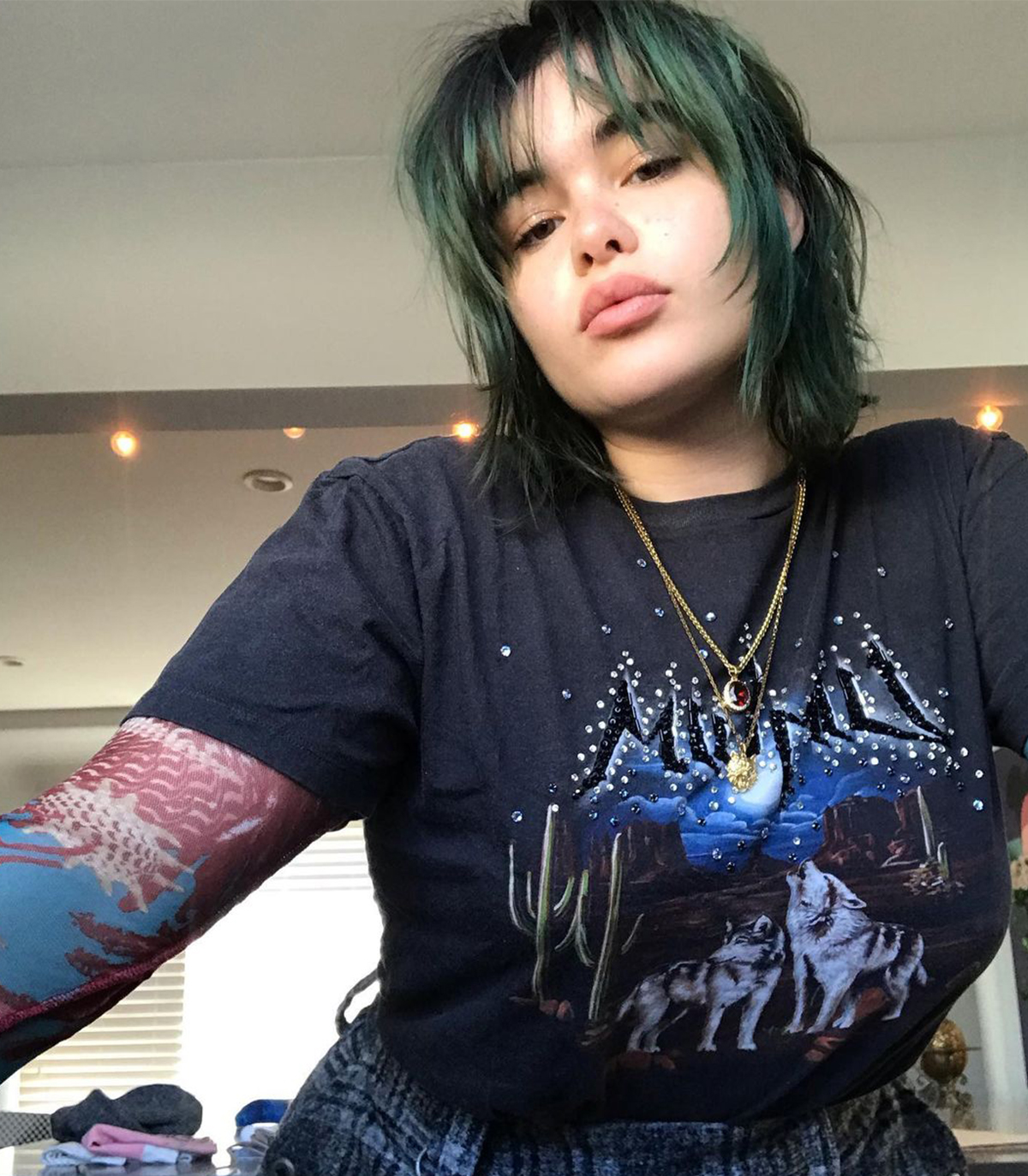

Aside from its cool visual appeal, another benefit of the wolf cut is how low-maintenance it is, especially when it comes to styling. (Mohapi says you can basically wear it as an “easy-breezy, wash-and-go hairstyle.”)
How often you get it cut will depend on how fast your hair grows and how “fresh” you want the overall look to be, but as a guide, Maldonado prescribes a four to eight-week haircut schedule to keep it in peak shape.
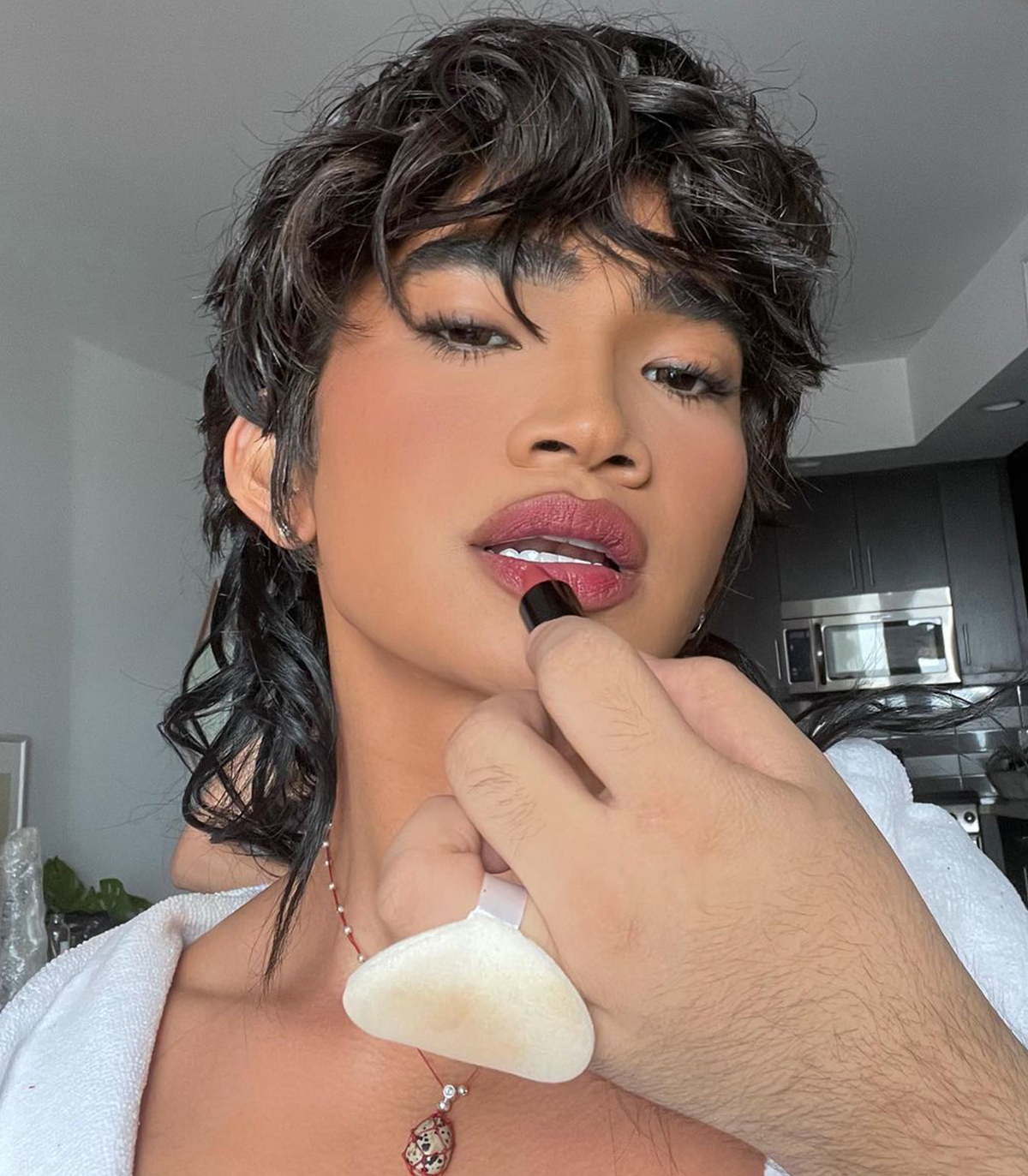
“Keep your wolf cut natural and let it air-dry by adding a little styling cream—I love Virtue’s 6-in-1 Styler ($36)—all over your hair when its wet,” Maldonado instructs. “Once it’s dry, add a product like Virtue’s The Perfecting Ending Split End Serum ($42) to keep your ends looking polished and fresh.”
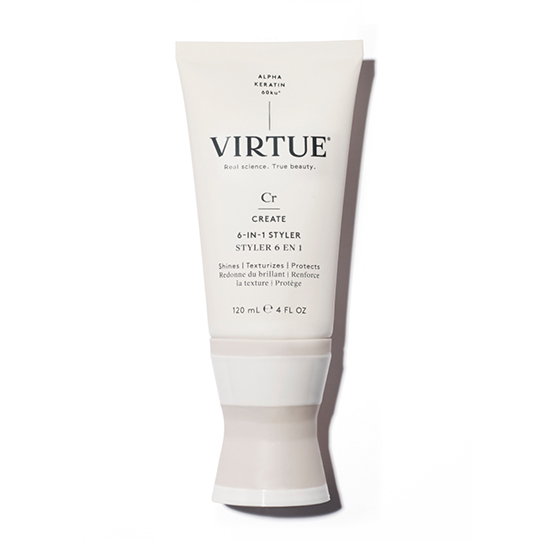
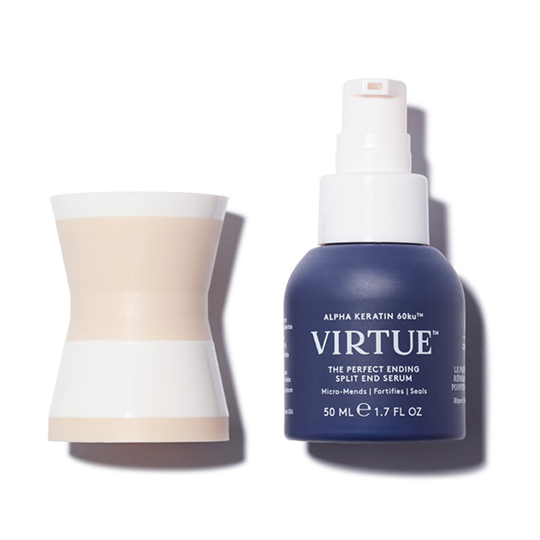
This is another option that lends itself best to air-drying and will look especially cool if you already have some natural texture to work with. “Towel dry, air dry, and then scrunch in Sachajuan’s Hair Paste ($31) for slight separation and definition,” says Mohapi.

“For extra oomph and boy, add a little bit of Davines’ This Is A Curl Moisturizing Mousse ($33) and Milbon’s Wave Defining Cream ($24) all over the hair,” shares Maldonado. “Use a diffuser to blow dry. For extra lift on top, flip your head upside down and diffuse, and once you’re done, add René Furterer’s Texture Spray ($37) to maintain long-term volume.”
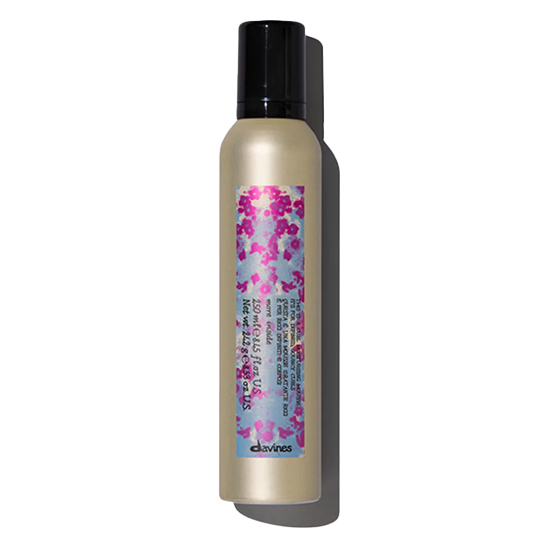



If you have straighter hair, Mohapi recommends enlisting some help from some strategic product and a little bit of heat. “Scrunch the hair with R+Co’s Aircraft Pomade Mousse ($18) using a diffuser—that extra little bit of heat is will help you make the most of any texture you do have.”
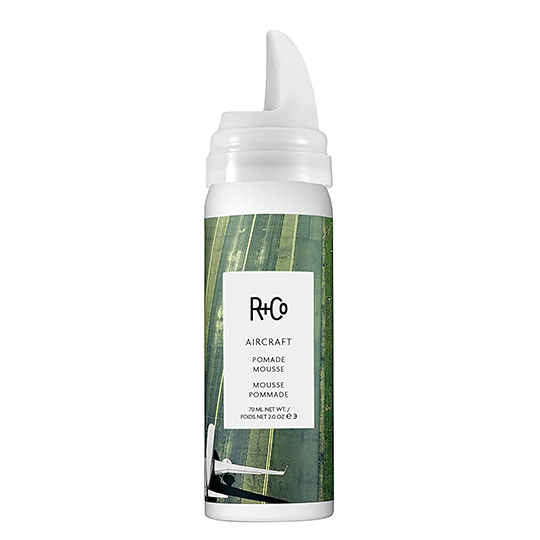
Again, if you have straighter hair, you’ll want to lean on strategic products and tools to really make the most of your wolf cut. “If you don’t have a lot of natural texture, let your hair air dry with your desired products, and then use Harry Josh’s Flat Styling Iron ($200) to flat iron strategic pieces, especially around the face,” notes Maldonado. “Then, spray R+Co’s Trophy Shine + Texture Spray ($33) on ends for a cool, textured finish.”
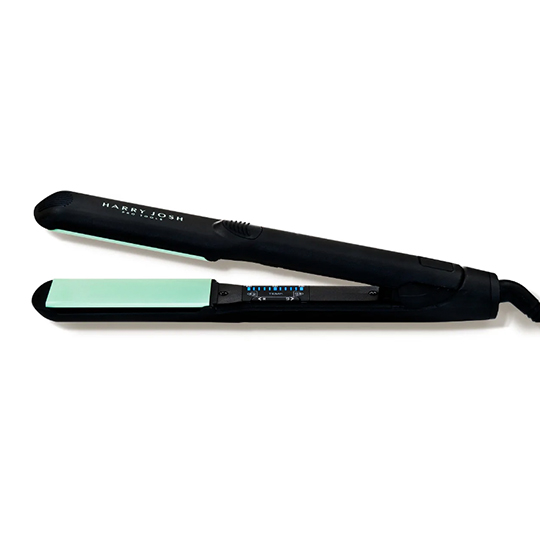

Up next, 973 Reviews Later, We Finally Found the Most Effective Shampoos for Hair Growth

